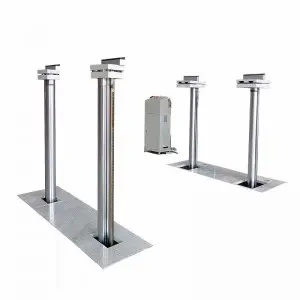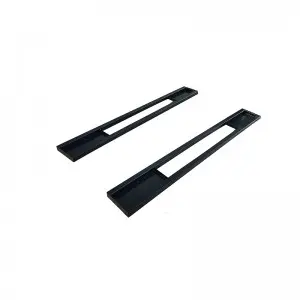
Exploring the Fascinating World of Cylinders: From Everyday Objects to Complex Industrial Machines
From the simplest everyday objects to advanced industrial machines, cylinders play an essential role in various applications. This versatile shape offers a variety of advantages, including robustness, stability, and efficiency, making it a popular choice in fields ranging from manufacturing and construction to aerospace and biomedical engineering. In this article, we will delve into the fascinating world of cylinders and discover their many uses and benefits.

Exploring the Fascinating World of Cylinders: From Everyday Objects to Complex Industrial Machines
Let’s start with the basics. A cylinder is a three-dimensional geometric shape that consists of two congruent circular bases connected by a curved surface. It is a type of prism, but unlike other prisms, its bases are circles rather than polygons. Cylinders can be either open (like a tube) or closed (like a can or bottle), and they can vary in size, shape, and material. Some common materials used for cylinders include metal, plastic, glass, and ceramics.
In everyday life, we encounter cylinders in many forms, such as pipes, cans, barrels, and bottles. These objects are made of materials that provide certain properties, such as durability, heat resistance, or flexibility. For example, metal cylinders are often used in the construction of buildings and bridges for structural support, while plastic cylinders are used in packaging products or for carrying liquids and gases.
Cylinders also play a significant role in more complex machinery and equipment, such as engines, pumps, and hydraulic systems. In engines, cylinders serve as the main components that house pistons and convert fuel into mechanical energy. In pumps and compressors, cylinders help create pressure and force, allowing liquids or gases to flow or transfer energy. In hydraulic systems, cylinders generate force and power to drive various machines, such as cranes, excavators, and hydraulic presses.
Apart from their mechanical applications, cylinders are also widely used in medical and scientific fields. For instance, some medical equipment, such as oxygen tanks and anesthesia machines, use cylinders to store and deliver gases safely. In research laboratories, cylinders are used to contain and transport gases or chemicals, such as nitrogen, oxygen, or helium, for experiments or analysis.
Cylinders can also be designed to meet specific needs and challenges, such as extreme temperatures, pressures, or environmental conditions. Manufacturers can customize cylinders by varying their diameter, length, curvature, and materials. For instance, some industrial applications may require cylinders made of specialized alloys that resist corrosion or extreme temperatures. Other applications may need cylinders with specific coatings or linings to prevent contamination or enhance performance.

Exploring the Fascinating World of Cylinders: From Everyday Objects to Complex Industrial Machines
In summary, cylinders are more than just simple geometric shapes. They are functional and versatile objects that contribute to various aspects of our daily lives, from basic commodity products to sophisticated machinery and technologies. Understanding the properties and applications of cylinders can help us appreciate their significance and potential, as well as inspire new ideas and innovations. So next time you encounter a cylinder, take a closer look and appreciate the amazing engineering behind it.New Engery Vehicle Battery Lift
